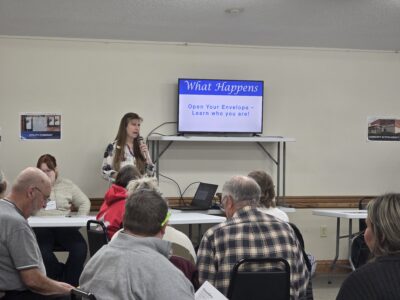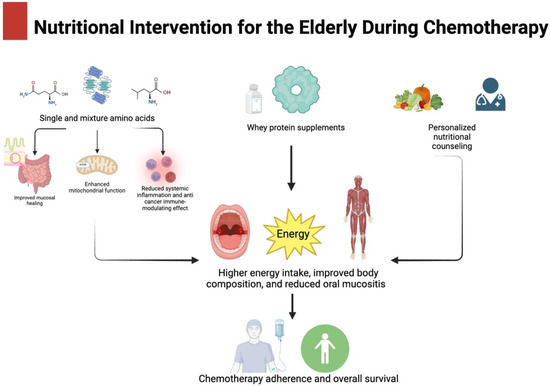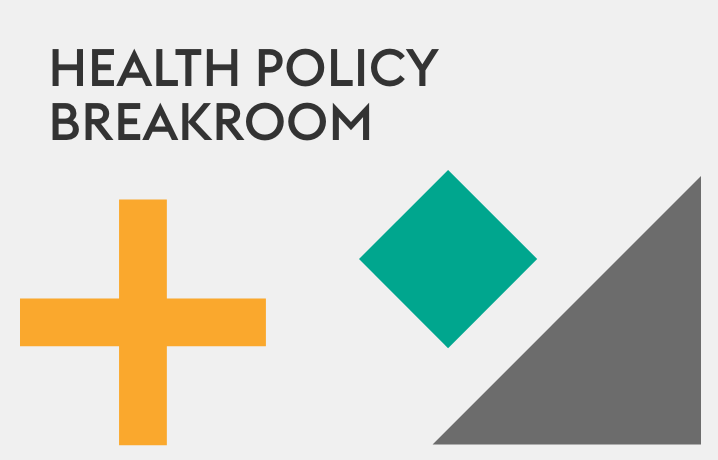Unhealthy air quality from Canadian wildfires plagues Midwest and Northeast – NBC News

Report on Environmental Crises and Their Impact on Sustainable Development Goals
SDG 3: Good Health and Well-being & SDG 11: Sustainable Cities and Communities
Recent environmental events across the United States present significant challenges to public health and the sustainability of urban centers. Air quality advisories have been issued for multiple states, directly impacting the well-being of millions of citizens.
- Affected Regions: An air quality advisory was issued for New York State, with smoke from Canadian wildfires expected to impact New York City. Unhealthy conditions persist in the Upper Midwest and Northeast, particularly in eastern Wisconsin and Michigan.
- Urban Centers Impacted: Air quality alerts were active in major metropolitan areas, including:
- Minneapolis
- Chicago
- Detroit
- Syracuse
- Buffalo
- Burlington
- Health Implications (SDG 3): The Air Quality Index (AQI) is projected to reach Level Orange (101-150), which is classified as unhealthy for sensitive populations.
- Vulnerable Groups: Specific demographics are at heightened risk, including adults over 65, children under 14, pregnant individuals, outdoor workers, and those with pre-existing heart or lung conditions such as asthma.
- Recommendations: Sensitive groups are advised to limit outdoor activities and monitor for symptoms related to air pollution exposure.
SDG 13: Climate Action
The concurrent extreme weather events underscore the urgent need for comprehensive climate action. These incidents highlight the interconnectedness of climate change, environmental degradation, and human vulnerability.
- Wildfire Smoke: The primary cause of the poor air quality is smoke originating from wildfires in Canada, a transboundary climate issue affecting air quality far from the source. This points to the broader consequences of climate-driven events on terrestrial ecosystems (related to SDG 15: Life on Land).
- Extreme Weather Events: A pattern of severe weather affects various parts of the nation, indicating systemic climate instability.
- Flooding: Flood alerts are in effect for 13 million people in the Southeast, including Atlanta, Jacksonville, and Tallahassee, with slow-moving storms causing significant rainfall.
- Severe Storms: The High Plains region, from Colorado to West Texas, faces risks of very large hail and damaging winds.
- Extreme Heat: Heat alerts impact 14 million people in the Southwest, Texas, and Miami, with heat indexes predicted to exceed 105 degrees. In Arizona and California, indexes could reach up to 115 degrees, with alerts remaining in effect through Friday.
Analysis of Sustainable Development Goals in the Article
1. Which SDGs are addressed or connected to the issues highlighted in the article?
- SDG 3: Good Health and Well-being: The article directly addresses health risks associated with poor air quality from wildfire smoke, specifically mentioning vulnerable groups like the elderly, children, and those with pre-existing respiratory conditions.
- SDG 11: Sustainable Cities and Communities: The article focuses on environmental challenges within major urban areas, including air pollution in New York City, Chicago, and Detroit, and flood alerts in Atlanta and Jacksonville. It highlights the vulnerability of city populations to environmental hazards.
- SDG 13: Climate Action: The events described—intensified wildfires leading to widespread smoke, extreme heatwaves, and severe flooding—are all climate-related hazards. The article discusses the need for alerts and public response, which relates to climate adaptation and resilience.
2. What specific targets under those SDGs can be identified based on the article’s content?
-
SDG 3: Good Health and Well-being
- Target 3.9: “By 2030, substantially reduce the number of deaths and illnesses from hazardous chemicals and air, water and soil pollution and contamination.” The article’s central theme is the health threat posed by air pollution from wildfire smoke, which directly aligns with this target.
- Target 3.d: “Strengthen the capacity of all countries… for early warning, risk reduction and management of national and global health risks.” The issuance of an “air quality advisory” for New Yorkers and alerts for sensitive groups is a direct example of an early warning system designed to manage public health risks.
-
SDG 11: Sustainable Cities and Communities
- Target 11.5: “By 2030, significantly reduce the number of deaths and the number of people affected… caused by disasters, including water-related disasters, with a focus on protecting the poor and people in vulnerable situations.” The article explicitly mentions that “13 million people” are under flood alerts and “14 million” are under heat alerts, quantifying the number of people affected by disasters.
- Target 11.6: “By 2030, reduce the adverse per capita environmental impact of cities, including by paying special attention to air quality…” The article highlights “unhealthy air quality conditions” in multiple cities, including Minneapolis, Chicago, Detroit, and New York City, directly addressing the issue of urban air quality.
-
SDG 13: Climate Action
- Target 13.1: “Strengthen resilience and adaptive capacity to climate-related hazards and natural disasters in all countries.” The various alerts (air quality, flood, heat) are mechanisms for building resilience by enabling communities to adapt their behavior (e.g., “manage outdoor activities”) to climate-related hazards.
- Target 13.3: “Improve education, awareness-raising and human and institutional capacity on climate change mitigation, adaptation, impact reduction and early warning.” The state Department of Environmental Conservation’s alert serves as a tool for awareness-raising and early warning, informing the public about the risks and necessary precautions.
3. Are there any indicators mentioned or implied in the article that can be used to measure progress towards the identified targets?
-
For Air Quality Targets (3.9, 11.6)
- Air Quality Index (AQI): The article explicitly mentions that the “air quality index is expected to be between 101 and 150,” which is a direct, quantitative indicator used to measure the level of air pollution (related to official indicator 11.6.2: Annual mean levels of fine particulate matter in cities).
- Identification of Vulnerable Populations: The article specifies the groups most at risk (“adults over 65 and children younger than 14, people who are pregnant, outdoor workers and those with medical conditions”). Tracking the health impacts on these groups can serve as an indicator of illness related to air pollution.
-
For Disaster Impact Targets (11.5, 13.1)
- Number of People Affected by Disasters: The article provides specific numbers that can be used as indicators: “13 million people” under flood alerts and “14 million” under heat alerts. This directly measures the population affected by climate-related hazards.
- Severity of Weather Events: The article mentions quantitative data about the hazards, such as “2 to 5 inches of rain” and “heat indexes… to top 105 to 109 degrees.” These metrics can be used to track the intensity and frequency of extreme weather events.
-
For Early Warning and Awareness Targets (3.d, 13.3)
- Issuance of Public Alerts: The existence and dissemination of the “air quality advisory,” “flood alerts,” and “heat alerts” are themselves indicators that an early warning system is in place and functioning, which is a key component of disaster risk reduction strategies.
4. Table of SDGs, Targets, and Indicators
| SDGs | Targets | Indicators Identified in Article |
|---|---|---|
| SDG 3: Good Health and Well-being |
3.9: Reduce illnesses from air pollution.
3.d: Strengthen early warning for health risks. |
– Specific vulnerable groups identified (elderly, children, pregnant, etc.). – Issuance of an “air quality advisory” as an early warning mechanism. |
| SDG 11: Sustainable Cities and Communities |
11.5: Reduce the number of people affected by disasters.
11.6: Reduce the adverse environmental impact of cities, focusing on air quality. |
– Number of people under flood alerts (13 million). – Number of people under heat alerts (14 million). – Air Quality Index (AQI) value between 101 and 150 in cities. |
| SDG 13: Climate Action |
13.1: Strengthen resilience and adaptive capacity to climate-related hazards.
13.3: Improve awareness-raising and early warning on climate change. |
– Quantitative measures of hazards (rainfall in inches, heat index in degrees). – Dissemination of flood, heat, and air quality alerts to the public. |
Source: nbcnews.com

What is Your Reaction?
 Like
0
Like
0
 Dislike
0
Dislike
0
 Love
0
Love
0
 Funny
0
Funny
0
 Angry
0
Angry
0
 Sad
0
Sad
0
 Wow
0
Wow
0












































































